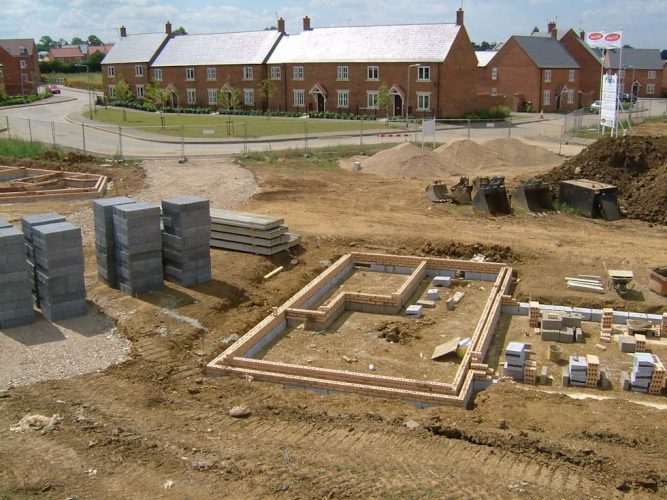A Guide to Laying Block Paving
DIY tasks can be extremely fulfilling– and also much cheaper! If you’re block paving your patio area or driveway, there’s no reason to get another person in; as long as you’ve got the moment and motivation to do it on your own it’s really very straightforward and easy to learn. Simply make sure you have the right devices and you’re good to go!
Organise Exactly How You Want It
The first step is to decide how you want your block paving to look. If you’re replacing old paving, just what didn’t you like concerning it? What improvements could you make? You need to think about the general form, useful aspects (such as dimension) and pattern of the bricks. It’s likewise a smart idea to think about just what colour bricks will well go with your home– you don’t desire anything to clash. www.eks-construction.co.uk
Make Way For Your Block Paving
Next, you’re going to wish to prepare the site. Define an area and dig it out, making sure to dig far enough down to ensure that your paving will be despite the surrounding surface. For this, you must make use of plant devices such as a miniature excavator or a JCB.
First Layer: Sub-base
Develop a sub-base to create the structures of your block paving. Your sub-base must go to the very least 100mm thick, and it can be a great idea to place it over a layer of weed-fabric, to stop weeds from growing through your pavement. Finish your sub-base by going over it with a vibrating place. This will squash it down and level it.
Edge Restraints For Your Block Paving
Place edge restrictions down to define the side of your paving. They need to be firm and also helpful as the external area is the weakest part of the paving. They will certainly additionally work as a guide for the shape of your block paving.
Screeding Your Area
Next off, you’ll need to screed the area, adding to the structures and making a rank surface for the paving to sit on. Place about 50mm of somewhat damp sharp sand down and make use of a vibrating plate once again to smooth and set. After that take down a second layer, all the same as the initial.
Laying Your Block Paving
Lastly, you can start setting down your bricks. For the very best coating, start at the bottom of an incline and go up. The joints of the bricks need to overlap– similar to in a wall surface– so you’ll be left with gaps that you’ll need to fill out with cuts of brick. When your block paving is down and all the brick are properly placed, sweep some kiln dried sand over the surface area. This will fill the spaces in between the joints.
See, not too tricky! Block paving is in fact rather very easy, and can provide you outstanding outcomes if done right. When you’ve finished, take your time to sit back and also admire all your hard work- you deserve it!

